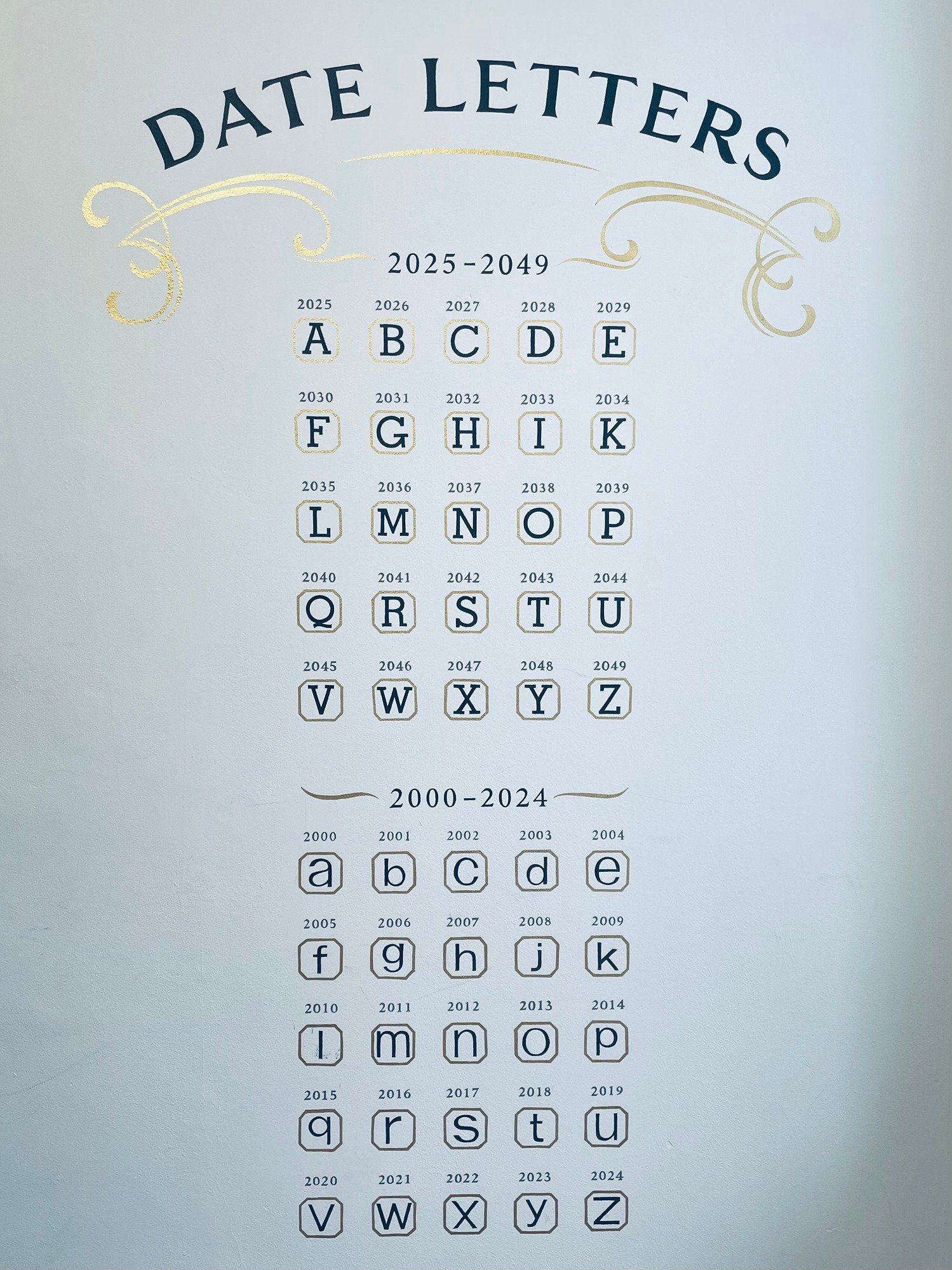Understanding UK Hallmarking: Your Guide to Assuring Quality at Nude Jewellery


When you invest in a piece of fine jewellery, especially one as unique and personal as those from Nude Jewellery, you want to be certain of its quality and authenticity. This is where UK hallmarking comes into play – a practice steeped in history, offering you absolute peace of mind.
At Nude Jewellery, we're proud of the precious metals and gemstones we work with, and every piece of our fine jewellery weighing over the legal threshold carries a full set of UK hallmarks. But what exactly are these tiny marks, and what do they mean?
What is UK Hallmarking?
In the UK, hallmarking is a legal requirement for items made of precious metals (gold, silver, platinum, and palladium) that are above a certain weight. It's a consumer protection measure, guaranteeing the purity of the metal used. Unlike some other countries where manufacturers can self-certify, here in the UK, an independent third party – known as an Assay Office – tests and marks every single piece.
There are four Assay Offices in the UK: London, Birmingham, Sheffield, and Edinburgh. Each has its own unique town mark, a symbol that tells you exactly where your piece was tested and hallmarked.
The Essential Marks: Decoding Your Jewellery
A full UK hallmark typically consists of several compulsory marks, each telling a vital part of your jewellery's story:
1. Sponsor's Mark (Maker's Mark)
This is the unique mark of the company or individual who submitted the item for hallmarking. It's usually two or more letters within a shield. For Nude Jewellery pieces, this mark identifies us as the maker, assuring you of its origin.
2. Standard Purity Mark (The Metal and Fineness)
This is perhaps the most important mark, indicating the precious metal and its purity (fineness) in parts per thousand.
Gold:
375: 9 Carat Gold (37.5% pure gold)
585: 14 Carat Gold (58.5% pure gold)
750: 18 Carat Gold (75% pure gold)
916: 22 Carat Gold (91.6% pure gold)
Look for the traditional fineness symbol too – for gold, it's typically a crown.
Silver:
925: Sterling Silver (92.5% pure silver)
The traditional fineness symbol for silver is the lion passant.
Platinum:
950: Platinum (95% pure platinum)
Platinum's traditional fineness symbol is an orb/cross.
Palladium:
500: Palladium (50% pure palladium)
950: Palladium (95% pure palladium)
Palladium often has an outline of a head (Pallas Athena) or recent changes may show just the fineness number.
The shape of the surrounding shield also gives you a quick visual clue about the metal.
3. Assay Office Mark (Where it was Tested)
This unique symbol tells you which of the four UK Assay Offices tested and hallmarked your jewellery.
London: A leopard's head
Birmingham: An anchor
Sheffield: A rose
Edinburgh: A castle
For your Nude Jewellery piece, this mark confirms its independent verification right here in the UK.
4. Date Letter (When it was Tested)
This optional but commonly used mark indicates the year the item was hallmarked. It's a single letter of the alphabet, which changes annually on January 1st. The font style and shield shape around the letter also change each year, preventing forgery and adding a fascinating historical detail to your piece.
Why Hallmarking Matters to Us, and to You
For us at Nude Jewellery, hallmarking isn't just a legal obligation; it's a testament to our commitment to quality, integrity, and transparency. When you choose a piece from our collection, you're investing in unique design and meticulous craftsmanship, backed by the assurance of the UK's rigorous hallmarking system.
These small, intricate stamps are your guarantee that the precious metal in your Nude Jewellery piece is exactly what we say it is. It's a mark of trust, passed down through centuries, ensuring that your individual, non-conforming piece is not only beautiful but also genuinely valuable.
Have you ever looked closely at the hallmarks on your favourite pieces? We'd love to hear what unique marks you've discovered!

Comments